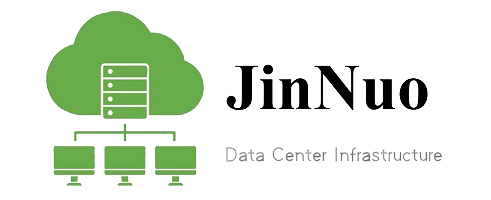4. Power load
The rated power of the customer’s power load is the most important factor in determining the appropriate UPS for their overall solution. After clarifying the power environment (if single-phase or three-phase UPS is required), the selection range of UPS specifications can be further locked. Although many customers already have this type of information, you still need to assist them in selecting power equipment for their devices. Be sure to consider the potential growth demand of the customer’s power load. Especially in single-phase equipment deployment scenarios, it is usually necessary to choose UPS that exceeds the customer’s current power requirements but can provide longer operating time to meet future growth needs.
5. Availability refers to determining the true runtime requirements of customers. The running time may seem easy to quantify, but understanding the true meaning behind these numbers can help develop a comprehensive end-to-end solution. Usually, the required amount of running time directly affects the cost of the solution. However, in reality, most solutions are more cost-effective in expanding runtime applications. It is essential to understand how long the customer needs to run and the true reasons behind it. When providing professional advice to end-users, a comprehensive evaluation of multiple solutions should be conducted.
6. Scalability: When evaluating a solution, the most important thing is to consider the customer’s future expansion needs. Scalable UPS solutions have a strong competitive advantage and can provide customers with an economically efficient capacity enhancement solution. In fact, all UPS with a rated power of 6KVA or higher can be expanded and upgraded through simple firmware upgrades, adding modular hardware components, or paralleling multiple UPS units.
For customers who prioritize cost or budget, time often proves the optimal value of UPS with inherent scalability, as customers can increase capacity without purchasing additional hardware facilities. A simple power upgrade can enable UPS with inherent scalability to achieve maximum capacity.
For customers who have IT personnel or equipment management staff and maintain their equipment themselves, as the power load increases, they prefer to increase capacity by purchasing additional modules that can be added to expandable cabinets or racks.
Although initially purchasing modular solutions with multiple parallel systems is usually a more economical option, in the long run, these solutions may actually be more expensive due to rising hardware and installation costs. Based on the specific needs of customers, a large-scale centralized non modular system with inherent scalability may be the most cost-effective solution.


